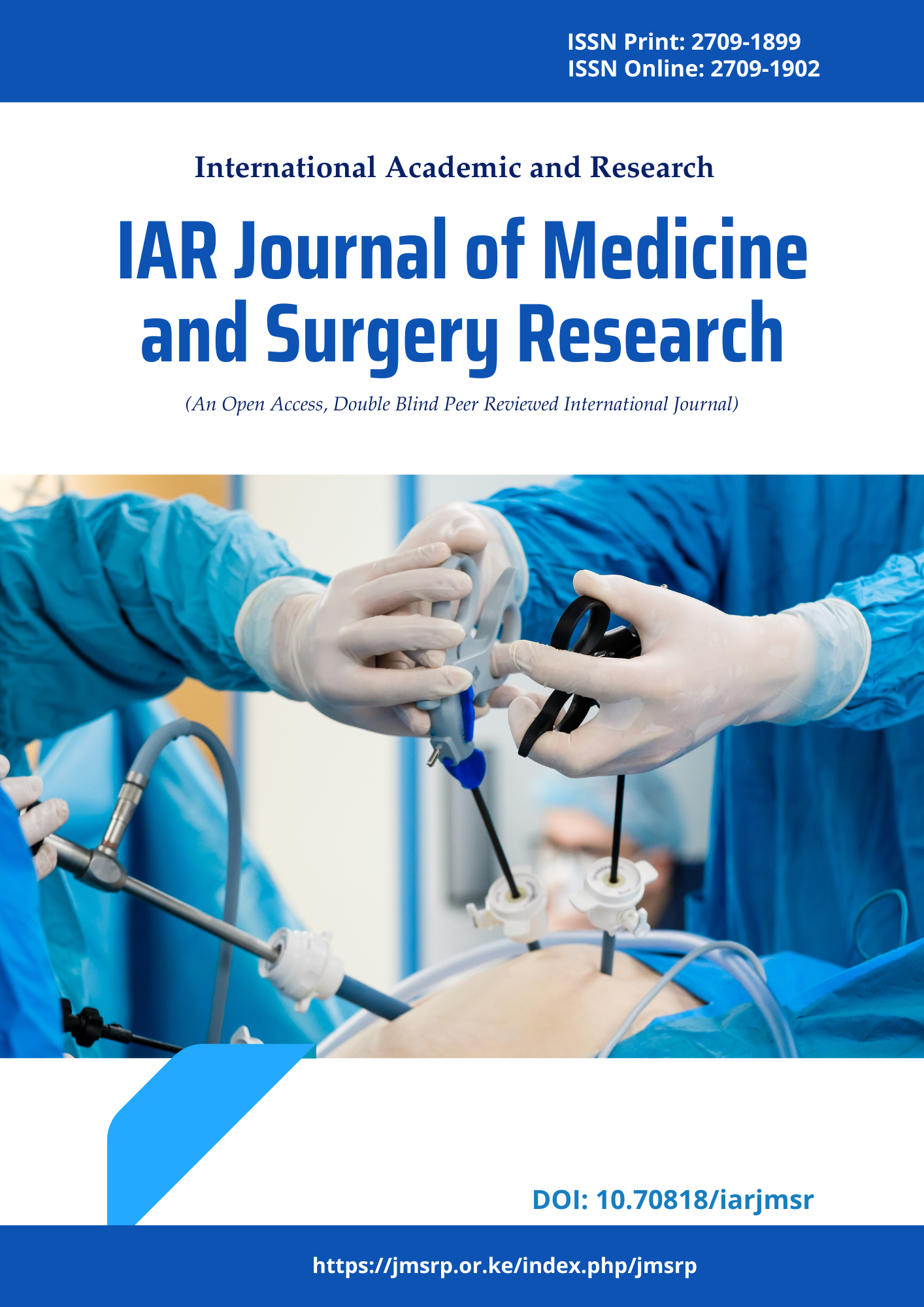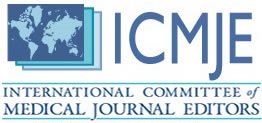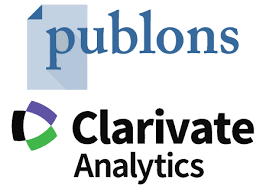A Prospective Study on Haemotological Profile of Sickle Disease
DOI:
https://doi.org/10.47310/iarjmsr.2023.V04i05.01Keywords:
Hb, HCT, RBC, MCV, MCH, MCHC, HbF, WBCAbstract
Background: Sickle cell disease (SCD) refers to a category of inherited hemoglobin (Hb) disorders. The pathophysiology of sickle Hb (HbS) variant emerges from the polymerization of the ensuing HbS variant, which triggers a chain of erythrocyte alterations and the disorder is known to be caused by a single-nucleotide substitution at position 6 of the globin gene. Both acute and chronic sequelae cause significant morbidity in people with sickle cell anemia (SCA). Methods: This prospective cross-sectional study was conducted in the Department of Pediatrics and Sickle Cell Anemia Laboratory, Department of Pathology, Prathima institute of medical sciences, Karimnagar India, between June 2019-Feb 2020.Most of patients were from tribal background and lower socioeconomic status. Before conducting the study, permission was obtained from the Ethical Clearance Committee. Results: A total of 37 children’s homozygous (SS) (mean age 11.6±3.4 years) for sickle cell anaemia was studied for their haematological parameters. Out of the total SS subjects, 26 were males and 11 were females. Males to female’s sex ratio: 2.3. 6 years to 14 years of childrens were taken. Mean (SD) age of male was 9.4 (3.29) years whereas SD age of female was 9.59 (3.59) years. Haematological value of study are mentioned below. Conclusion: We conclude that moderate to severe anemia with, low MCV and high HbF dominate the hematological profile.
















